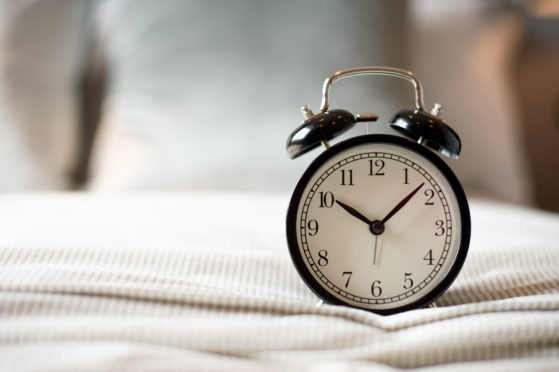
Amid the coronavirus outbreak, it’s easy to forget that we’re heading into British Summer Time.
The clocks go forward one hour this weekend.
Most mobile phones and electronic devices will do this automatically, but it’s worth checking if you’ve got something important on on Sunday morning (such as picking up your copy of The Sunday Post!)
As many have pointed out, this does theoretically mean one less hour spent in isolation.
So wind forward your clocks at 1am on Sunday 29 March and get set for British Summer Time.
When it started
The UK first moved its clocks forward in April 1916, having seen Germany do the same a month earlier.
World War I was underway by this point, and it was argued that the scheme would help reduce coal consumption at a time where supplies were needed for the war effort.
October 1 1916 was the first time the clocks went backwards or, as many clocks didn’t wind that way, 11 hours forwards!
The practice continued from then on.
The man who thought it all up
William Willet was the biggest champion of the changes back in the early 1900s.
He wrote ‘The Waste of Daylight’, a pamphlet on how he thought people should start their days earlier and not waste valuable hours of light.
The cover said his thoughts were backed up by the ‘Opinions of Eminent Men, The Press etc’…
Willet devised a plan where time would be advanced by four 20-minute increments during April, then reversed in the same way in September.
After years of campaigning for change, he died the year before Parliament finally introduced BST.
Fittingly, Willet’s great-great grandson is Coldplay’s lead singer Chris Martin, who had a song called Clocks.
When they go back again
Clocks go back an hour at 2am on Sunday October 25

Enjoy the convenience of having The Sunday Post delivered as a digital ePaper straight to your smartphone, tablet or computer.
Subscribe for only £5.49 a month and enjoy all the benefits of the printed paper as a digital replica.
Subscribe